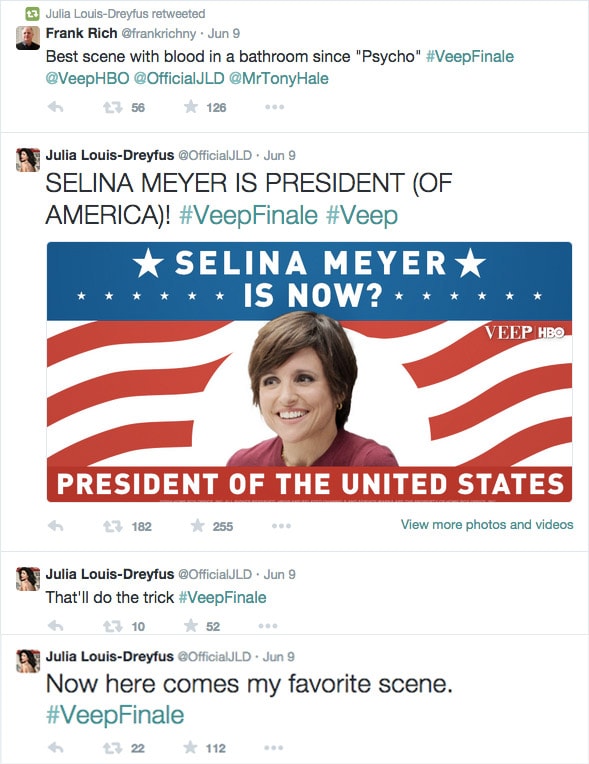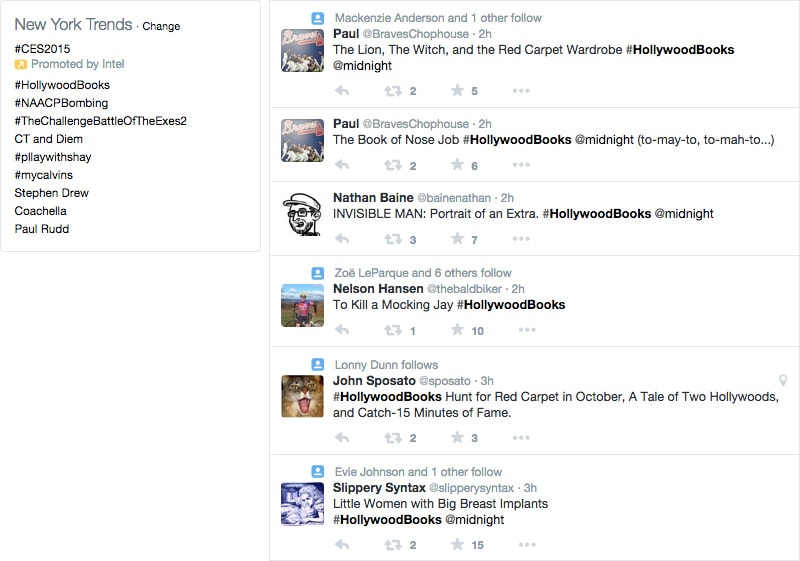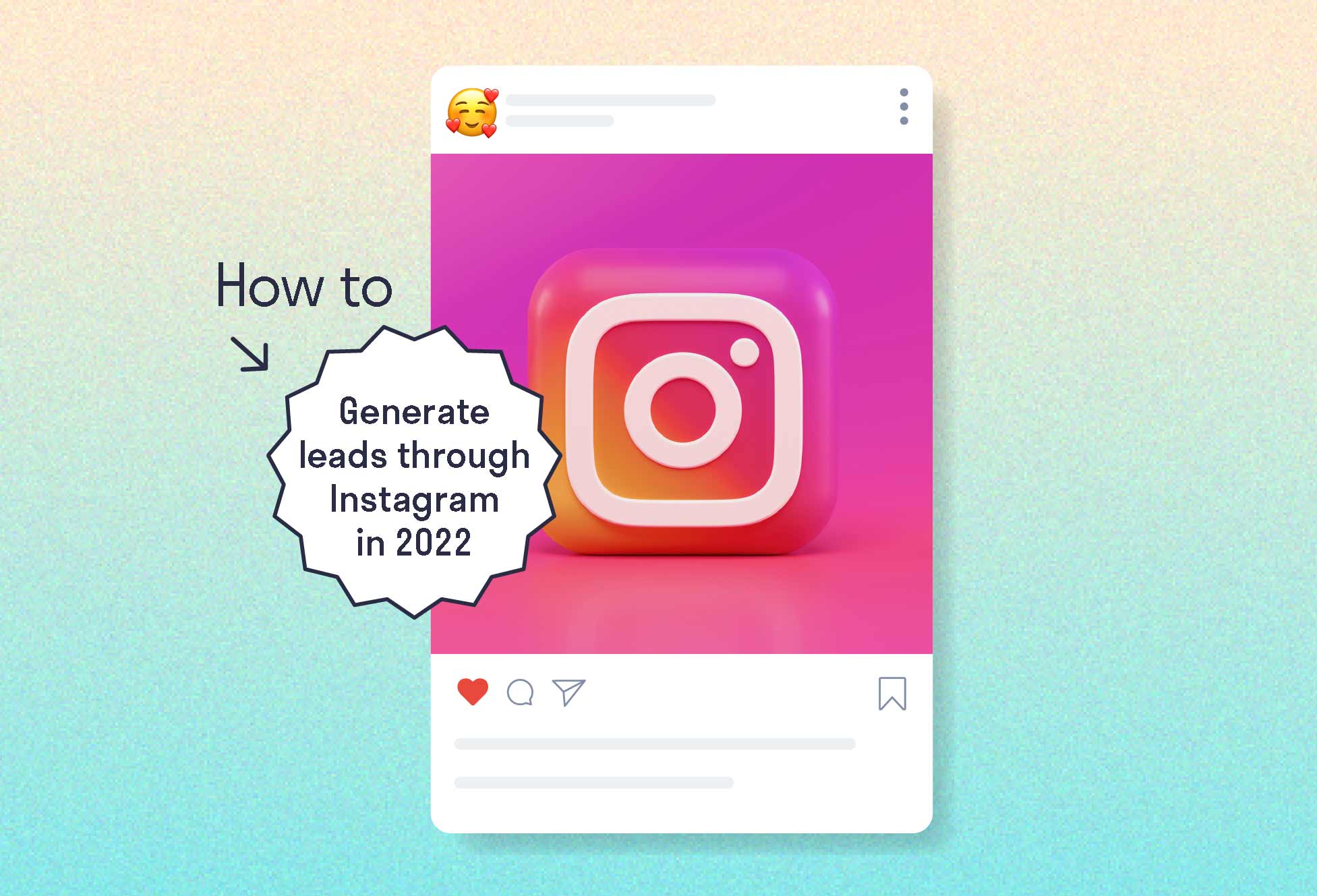Real-time marketing is a vast topic—it means, basically, talking to fans on-the-fly. It’s an absolute must for engaging with your audiences in 2015. There is one new market in the wide world of real-time marketing that has emerged in the last couple of years that I find particularly fascinating: the rise of the second screen, also known as “Social TV.” And in 2015, Social TV is poised to finally get serious.
Social TV grew out of a completely organic social media user habit. Social TV analytics company SecondSync published a study last February that estimated a quarter of TV viewers have commented on a show on Facebook. And Twitter users are talking TV like crazy. “51% [of Twitter users] create social media content related to what what they watch,” states a recent post on the Twitter Blog.
The live-tweeting phenomenon has certainly led me back to watch shows live on broadcast television. And I’m always prepared to face spoilers on Twitter, whether it’s Patton Oswalt live-tweeting “Downton Abbey” on Sunday nights, or Richard Lawson live-tweeting, well, everything. (And the spoilers are totally worth it—all in the name of brilliant irreverent commentary.)
Now the Hollywood talent is jumping into the mix, too—have you seen Julia Louis-Dreyfus live-tweet “Veep”? (Makes you wonder… is tweeting now written into an actor’s contract?)

Tapping into social TV
Advertisers are finding that media consumption is cross-channel and cross-device. So how to tap into these large, rapt audiences? Social TV options for the media are endless. Launching a Social TV initiative makes for better viewing experiences, and extends the messaging’s reach on both social media and broadcast.
Distracting quizzes and polls and stickers have all proved to take away from the TV-viewing experience. I enjoyed this Gigaom article, which, last year, predicted that Facebook and Twitter themselves would take over the charge in successful Social TV campaigns, keeping the conversation in the streams the networks know how to keep enjoyable. Business Insider agrees, commenting that TV apps are disappearing in favor of the big social networks hosting the action.
“Standalone TV apps are going away, as a slew of different social TV services whittle down to a select few, and big-time social networks, like Facebook and Twitter, push further into social TV.”
Emily Adler, Business Insider
Can you imagine watching a 15 second ad for a product during a show, and seeing a version of the creative appear on the Facebook feed you’re browsing? It’s already possible—Facebook is partnered with Nielsen, and is able to distribute your social media advertising in tune with your television advertising.
Social TV begins @midnight
At the forefront of the Social TV movement is perpetual host and comedian Chris Hardwick. Hardwick hosts a show after “The Walking Dead” called “The Talking Dead,” inviting the show’s actors to discuss the episode while fielding questions from tweeters. More recently, he created the show “@Midnight,” the most social media-driven show to date.
On “@Midnight,” three comedians compete in a Twitter-fueled game show. One round, called “Hashtag Wars,” has the panelists buzz in to suggest tweets around a jokey hashtag. The show’s viewers are encouraged to tweet their own jokes, making the Hashtag Wars hashtag trend nightly. What reach!

What is Hardwick’s secret to trending each night? Every episode, he challenges a simple call-to-action to his large TV audience. And the call-to-action is formatted to work best on Twitter. For @Midnight fans, everyone on Twitter is a comedian, and the call-to-action to write their own jokes based off a given hashtag works like magic.
Siliconywood
While Facebook and Twitter continue to develop for media distribution, who’s to say the social networks won’t become involved with media production? Dana Brunetti, producer of “House of Cards” and “The Social Network” predicts just that. Silicon Valley will replace Hollywood, he says.
“They have such a huge network—far bigger than we could reach. The power lies with content creators now, but if you can’t reach people there’s no point. Once Silicon Valley can create content as well, they’ll own it soup to nuts.”
Dana Brunetti Producer, “House of Cards”
We would love to know your experiences with Social TV. Have you seen anything cool, led any initiatives that blew it out of the water? We’d love to highlight your efforts. Let’s talk on Twitter.



